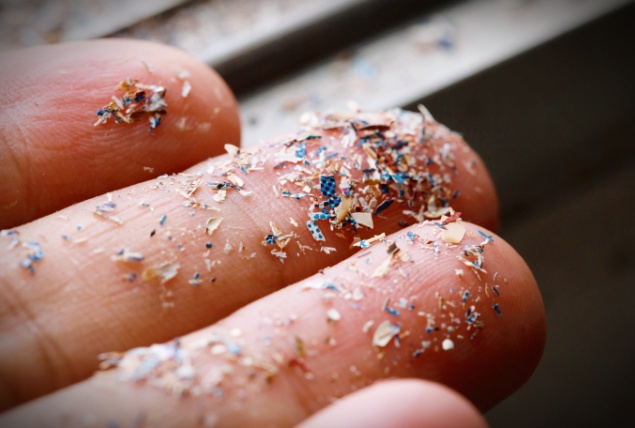What Your Semen Says About Your Health

Semen isn’t usually thought of much beyond the fact that it’s associated with male orgasms. But the amount, the color and even the taste of semen can reveal a lot about a man’s sexual health, diet and age.
Being able to identify symptoms or indicators after ejaculation can help promote safer sex and increase awareness of your and your partner’s personal health.
Color & taste
Semen should typically be white or gray in color, but if there’s a yellowish tint in the mix, that’s nothing to be worried about. It simply means the man hasn’t ejaculated recently; the yellow color is representative of the semen simply being a bit older than usual.
If your semen contains a red tinge, however, it might mean your prostate is inflamed, possibly from infection. Red semen is no reason to be immediately alarmed, but men should still be examined by a doctor to prevent any possible infection from becoming a more serious and possibly chronic condition, such as prostatitis.
Semen’s pronounced taste, while influenced primarily by each man and his diet, is generally described as warm, salty and chlorine-like. Foods such as garlic, onions and red meat, according to more anecdotal than scientific evidence, can give semen a bitter, off-putting scent, whereas pineapple, other fruits and lighter foods have been noted to give ejaculate a sweeter quality.
Semen also contains trace amounts of protein, zinc, potassium and other minerals that influence smell and flavor. Keeping one’s genital area clean with a mild hygienic soap can also improve the taste of semen.
Quantity & quality
The amount of semen released during ejaculation is highly subjective. Men will notice ejaculations decline in volume during multiple rounds of sexual activity, because the body hasn’t had enough time to produce more. It’s also noted medically that men produce less semen as they age. The relationship between age and a marked reduction in the amount of ejaculate produced at orgasm is usually caused by testosterone levels naturally lowering and the cellular aging process that increases as men grow older.
If a man’s ejaculate amount seems to be consistently less than ordinary, then PEVR (perceived ejaculate volume reduction) may be to blame. This disorder can affect men of all ages and can occur as a complication of erectile dysfunction (ED).
Sperm quality is affected by testosterone levels, age and lifestyle habits such as smoking and exercise. Improving semen quality can be accomplished by eliminating or reducing substances like drugs, alcohol and tobacco, and by incorporating regular exercise, a healthy diet and stress-management techniques such as mindfulness into a routine schedule.
Pay attention to your semen—it just may tell you something about your overall health.













